Jana Novotna and six other memorable tearful sports stars
- Published
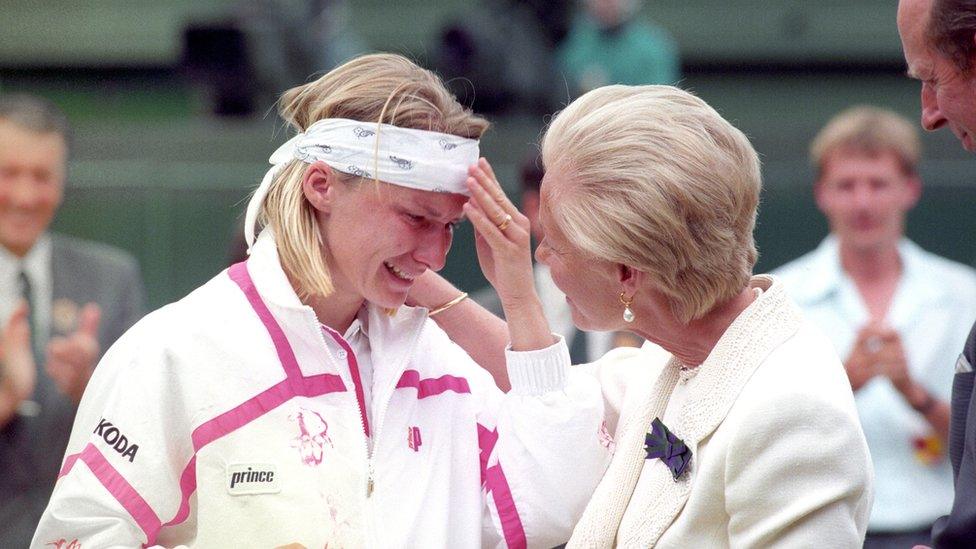
It was a brief, tearful, emotionally-charged moment that forever ensured Jana Novotna's place in the hearts of the British public.
The Czech tennis player, who died this week at the age of 49, had just lost the 1993 Wimbledon final against Steffi Graf, having let a commanding lead slip away in an agonising final set collapse.
Visibly distraught in front of a sympathetic Centre Court crowd, Novotna let the tears flow. And then, in one of Wimbledon's most memorable moments, she was offered a shoulder to cry on by the Duchess Of Kent, as the royal guest carried out the trophy presentation.
Archive: Novotna cries after losing 1993 Wimbledon final
What happened next? The fairytale ending that Novotna's new-found fans wanted came in 1998, when she finally won the Wimbledon title, having again come close against Martina Hingis a year earlier.
Going into the 1998 final as the favourite, she dominated against Frenchwoman Nathalie Tauziat, and as the Duchess of Kent presented her with the famous Venus Rosewater Dish, this time there were only smiles between them.
Gazza's tears in Turin
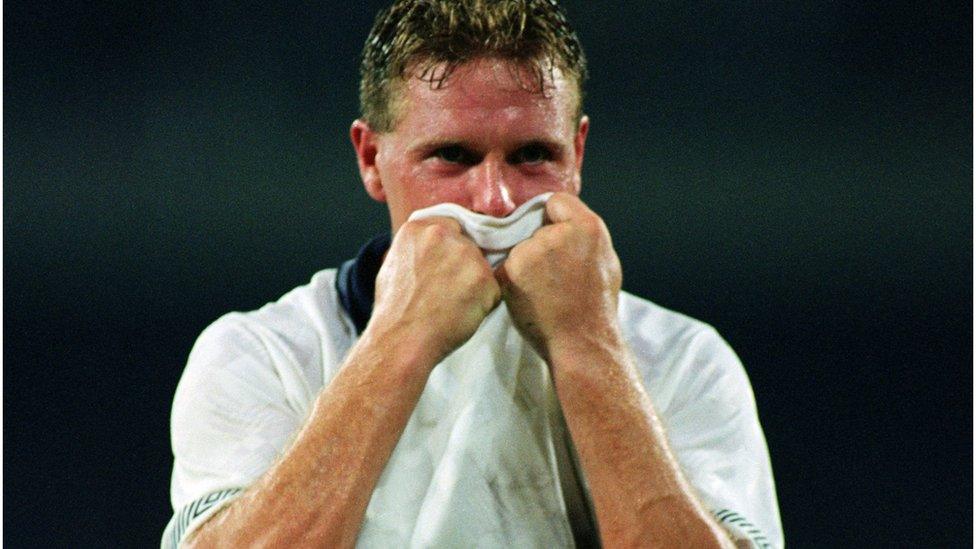
Gascoigne's booking meant he would miss the final if England had gone on to win, something he quickly realised
England's footballers were playing in a World Cup semi-final for the first time since 1966, were drawing 1-1 in extra time against fierce rivals West Germany... and then star midfielder Paul Gascoigne fouled Thomas Berthold.
The booking that followed meant that Gascoigne was destined to miss the final if England did go on to triumph and, as he realised that, the Geordie's tears started to fall.
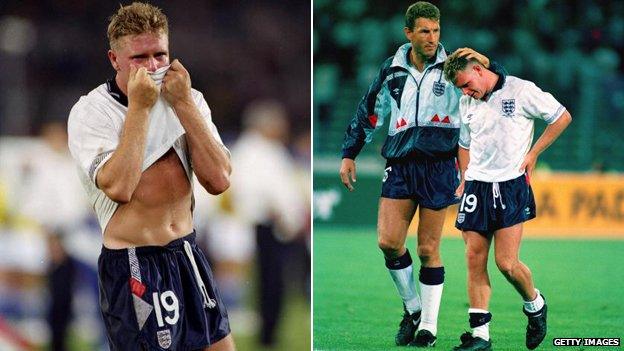
Terry Butcher comforts Paul Gascoigne at the end of the game
What happened next? England didn't reach the final, losing in a penalty shoot out. As team-mate Gary Lineker immediately gestured to his manager, young midfielder Gascoigne would need an eye kept on his emotional state throughout the rest of the match. Notably, he was not among the players selected to take the fateful penalty kicks.
How the 1990 World Cup changed England
But Gascoigne had become a star and hundreds of thousands of fans chanted his nickname "Gazza" as the team jetted back into Luton four days later. Chat show appearances, a number two single , externaland the BBC Sports Personality of the Year award all followed for Gazza over the next six months.
Murray's tears become career turning point
Murray's tears in defeat
As Andy Murray stood on Wimbledon's Centre Court in 2012 and paid tribute to the new champion Roger Federer, he looked in danger of becoming a brave - but serial - loser. He had just endured his fourth defeat in a Grand Slam final and in his post-match interview his voice cracked with emotion and then the tears fell as he told the crowd: "I'm getting closer."
What happened next?
Murray did not have to wait long for salvation - and it came in the same spot. Weeks later, he beat Federer in the Olympic Games gold medal match, held at Wimbledon.
Buoyed with new-found confidence, he broke his Grand Slam duck at the US Open that September and the following summer he finally ended Britain's 77-year-wait for a home-grown Wimbledon men's champion with a dominant - and tear-free - victory over Novak Djokovic. After a sustained period of success, he became Sir Andy Murray in the New Year Honours this year.
Inzamam's emotional farewell
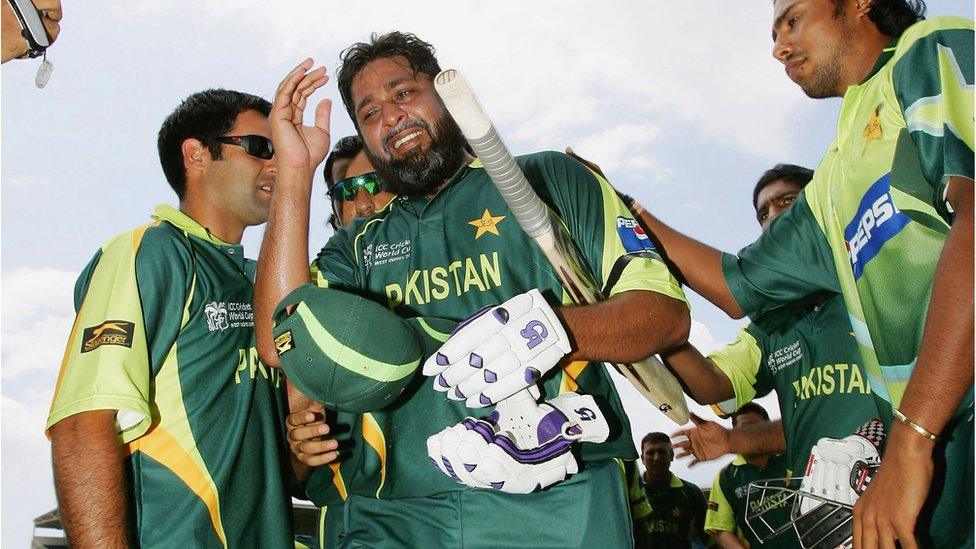
Despite being among the favourites for the 2007 Cricket World Cup, Pakistan were knocked out early and their last group match against Zimbabwe was a dead rubber.
But their failings in the tournament had been put into perspective by the shock death of their coach, Bob Woolmer.
Team captain Inzamam-ul-Haq, who had announced he would be retiring after the Zimbabwe match, left the field in tears after being dismissed for 37 in an emotionally-charged game.
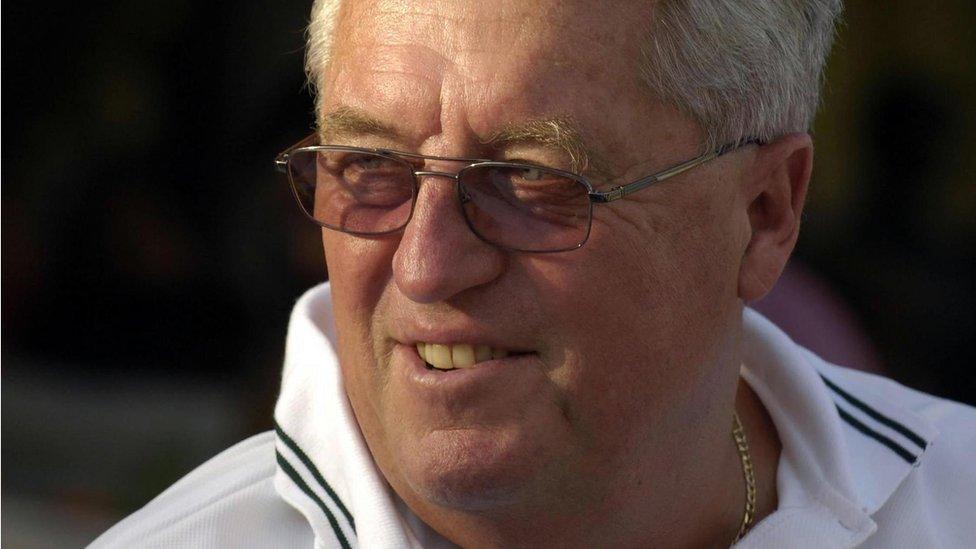
Bob Woolmer had been a successful coach for Pakistan with Inzamam as captain
What happened next? Inzamam, Pakistan's record run scorer in one-day international cricket, remained one of his nation's most loved sporting figures. After a period out of the game and then coaching Afghanistan, he returned in 2016 and was named chief selector of the Pakistan men's cricket team.
Walking across the line in tears
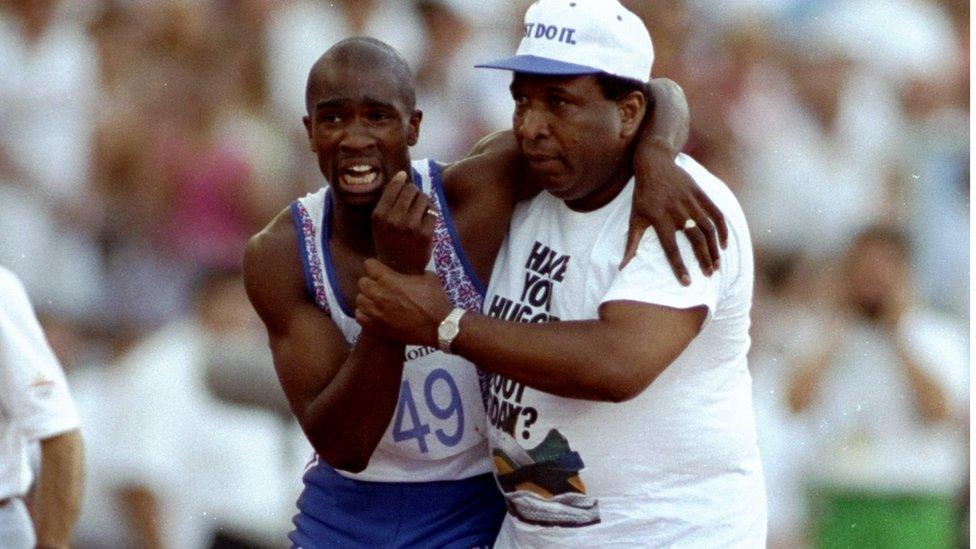
After winning his qualifying heat and quarter final of the 400m at the 1992 Olympics in Barcelona, British athlete Derek Redmond tore a hamstring halfway around the course of the semi-final.
He waved away stretcher bearers and tearfully said he wanted to finish the race - but struggled until he was joined by his father, Jim, who helped him across the line. Both got a rapturous reception.
Redmond's father helps him over line
What happened next? He may not have won gold, but Redmond's gritty effort was the abiding memory of the Barcelona Games for many fans.
He never competed for his country again, as his hamstring tear was the latest in a long line of injuries and was one blow too far. Redmond now manages his own motivational speaking company and father Jim was chosen to be a torch bearer in the final run to the London Olympic opening ceremony in 2012.
Tiny tears
Gymnast Simone Biles came into the Rio 2016 Olympics as the American team's flag bearer and their great female hope for multiple medal success.
That was a lot of pressure on the shoulders of a 19-year-old who stands at just 4ft 8ins (148cm) - and halfway through the final of the all-round contest, she slipped back to second place behind Russia's Aliya Mustafina. But she dug deep, regained her lead and, as her victory was confirmed, burst into tears.
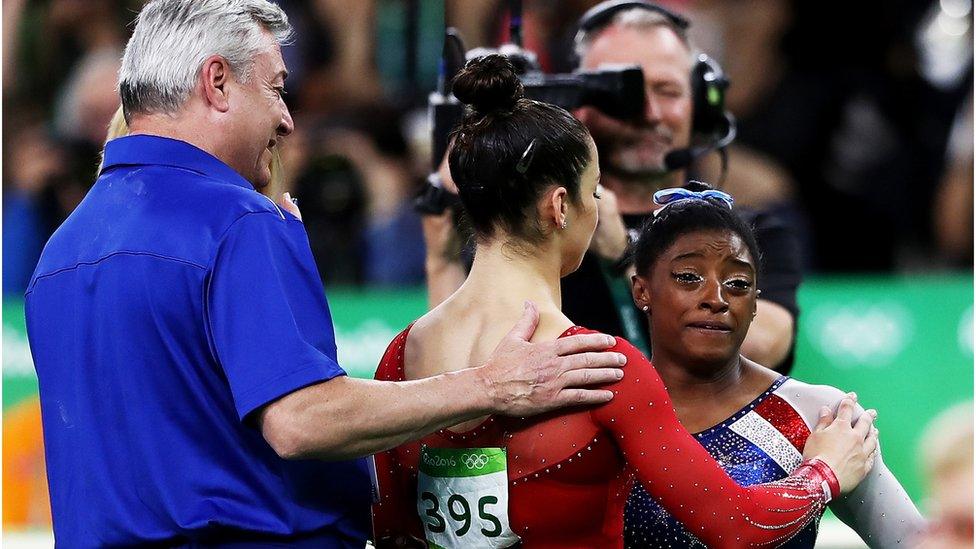
What happened next? Biles ended the Olympics with four gold medals and a bronze. Having revealed she had faced some racist taunting early in her career, she finished 2016 as a cover star of Ebony magazine's , externalPower 100 issue and saw her memoirs top the New York Times best-seller list.
'This is why we cry'
After Fiji beat New Zealand at the Rugby League World Cup this weekend, we saw that even the biggest athletes aren't immune to tears.
Fiji pulled off a huge shock to win one of the tightest knock-out matches the competition has seen. And after the match, Fiji captain Kevin Naiqama broke down in tears.
What happened next? A blog by Naiqama, entitled This Is Why We Cry, , externalwas widely shared on social media and has won the Fiji team new fans across the world. The team play Australia on Friday in the World Cup semi-final.
- Attribution
- Published20 November 2017
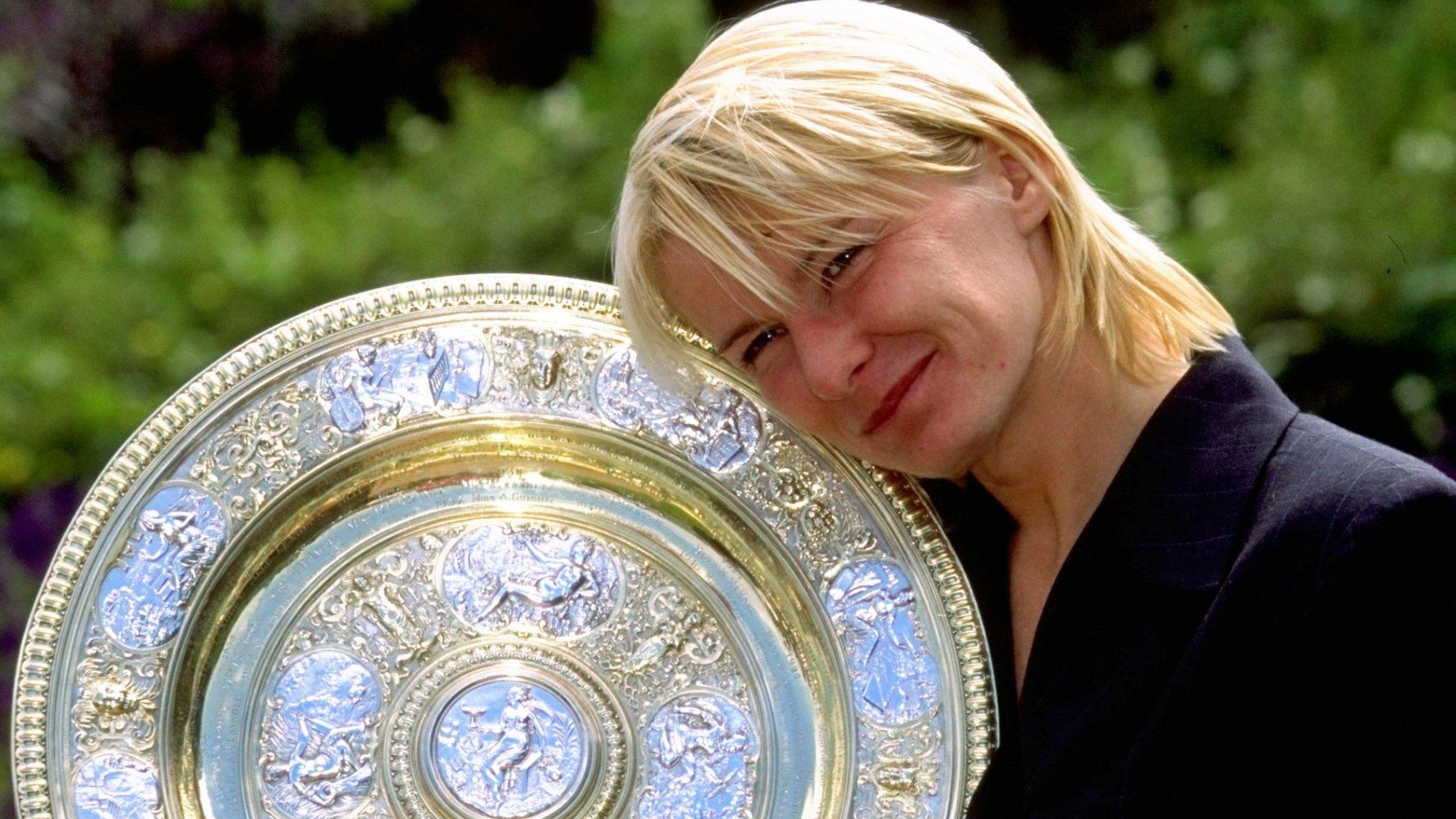
- Attribution
- Published15 May 2014

- Published11 July 2018
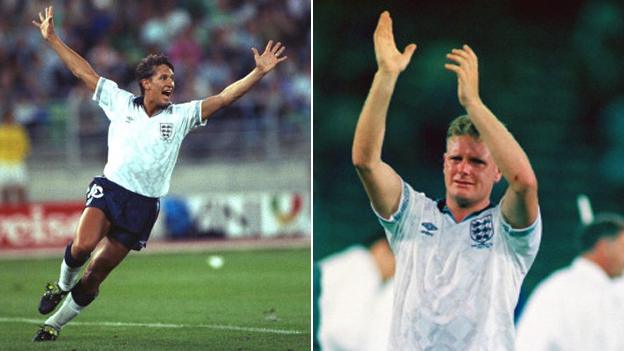
- Attribution
- Published15 March 2017
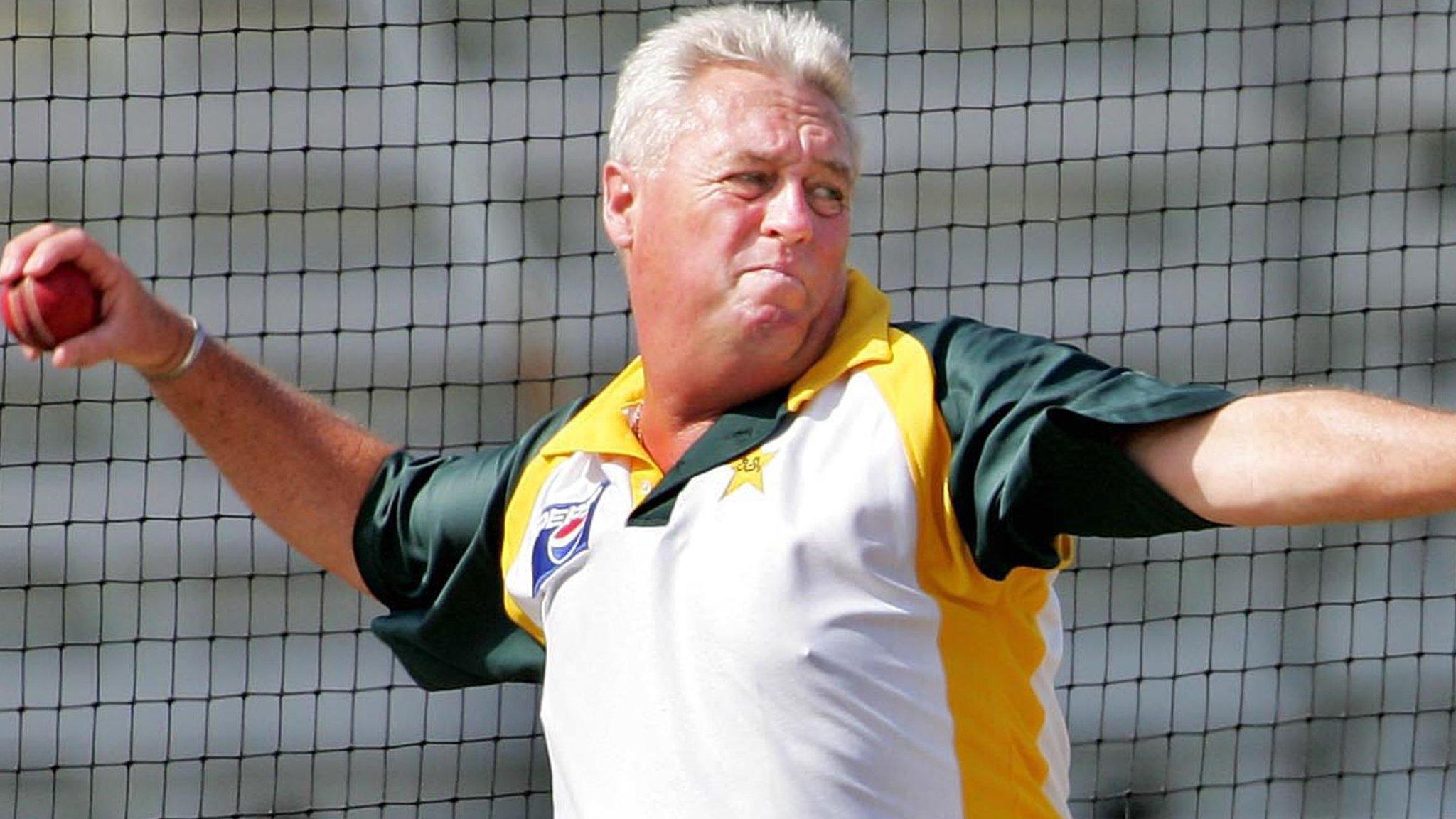
- Attribution
- Published4 January 2012
